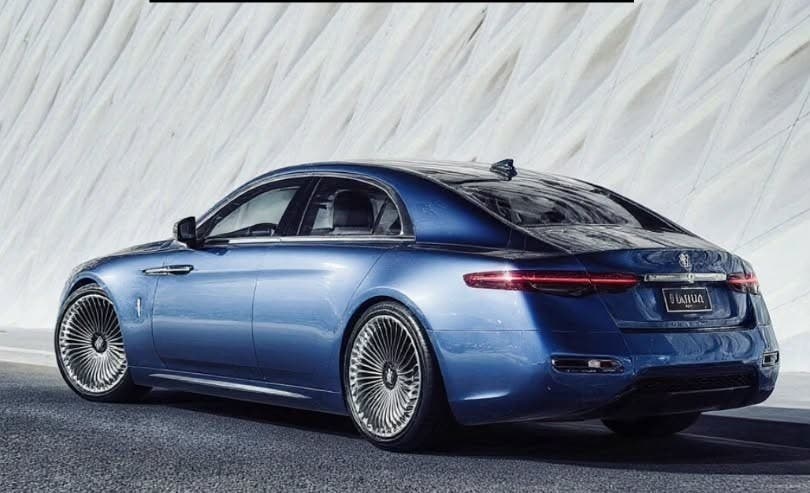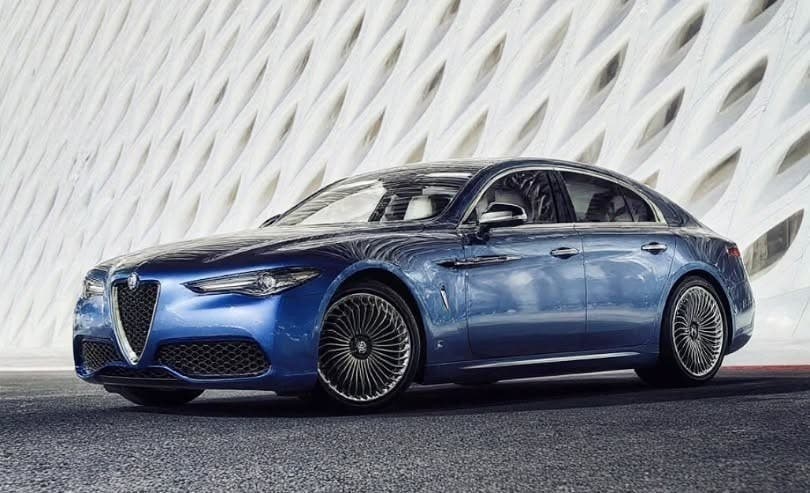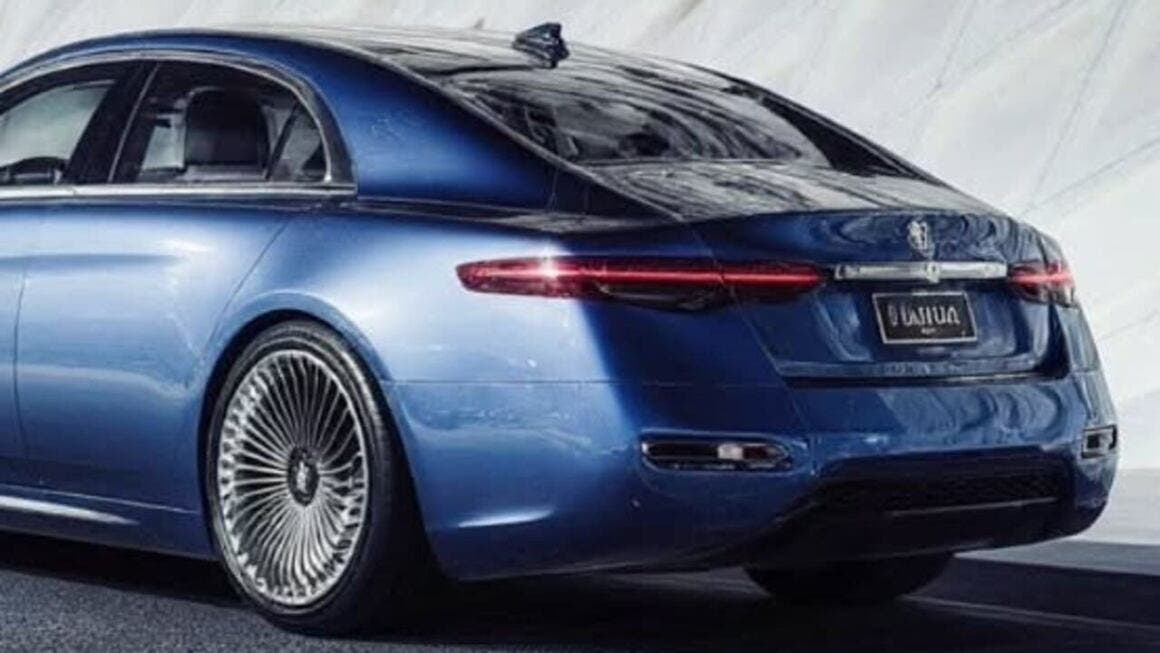The debate around Stellantis’ latest Italian-made proposals continues to heat up, especially among analysts and industry enthusiasts. Some observers believe the Franco-Italian-American conglomerate risks following in the footsteps of British Leyland, the once-mighty UK giant that collapsed under its own weight in the 1980s despite owning prestigious marques like Jaguar, MG, Rover, and Mini (brands that have since been reshaped or scattered across the globe). The main criticism lies in the difficulty of managing such a vast and complex structure, made up of no fewer than fourteen brands, including Alfa Romeo, Fiat, Jeep, and Maserati, each requiring different strategies, market response times, and targeted investments.
Alfa Romeo luxury flagship imagined in striking CGI concept

That said, the situation is not entirely bleak. Stellantis’ massive brand portfolio allows it to leverage significant economies of scale by sharing platforms, engines, and technologies across very different models. This approach has already benefited what could be described as a “European team” (not always welcomed by die-hard fans of individual historic marques) made up of Citroën, Opel, DS, Peugeot, Fiat, and Abarth, which are working together more closely than ever.
Alfa Romeo, in particular, is once again in the spotlight with the Junior, initially introduced as the Milano. Sales have exceeded expectations, and the Junior is quickly establishing itself as one of the pillars of the lineup. Still, the brand finds itself in a delicate phase. The lack of tangible successors for the Giulia and Stelvio weighs heavily on the global market, while the Tonale has struggled to win over American buyers despite its electrified versions and refreshed design.
Meanwhile, the world of CGI has imagined alternative scenarios. Digital designer cool.car.design has presented an all-new Alfa Romeo luxury sedan concept, an imaginary flagship inspired by North America’s land yachts.

Although not an official project, the idea sparks curiosity. With the STLA Large platform, already used for the new Dodge Charger, Alfa Romeo could, in theory, enter the premium full-size sedan segment with a model that combines elegance, sportiness, and advanced technology.
The digital rendering showcases a refined profile, a modern and balanced rear end, and striking alloy wheels. However, the front end, tied to the previous decade’s Giulia, feels less innovative compared to the rest of the design. Even so, it remains a fascinating design exercise that highlights Alfa Romeo’s untapped potential.
